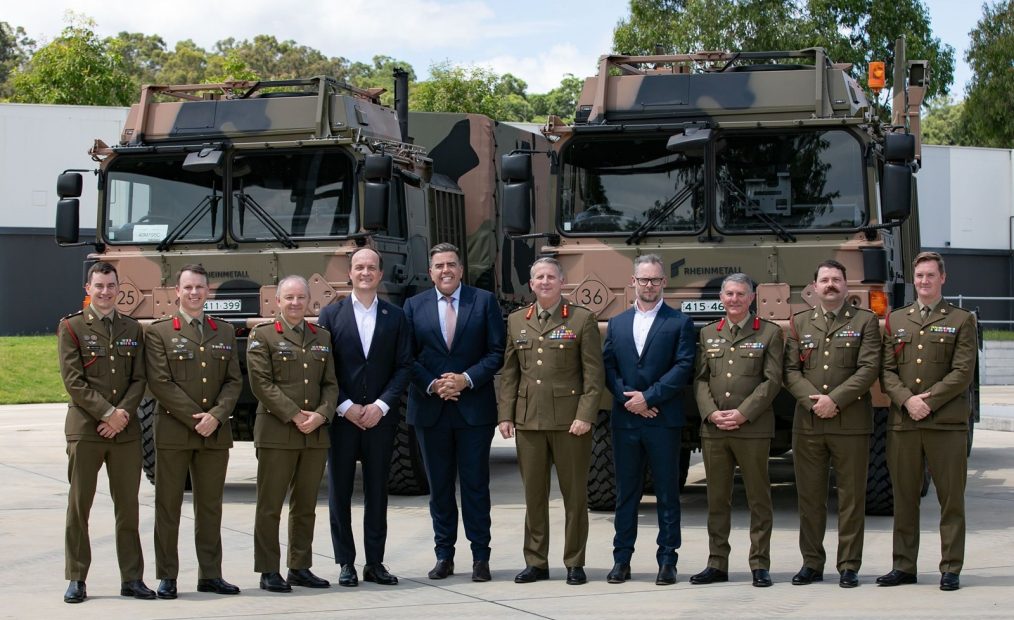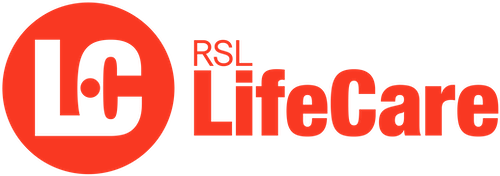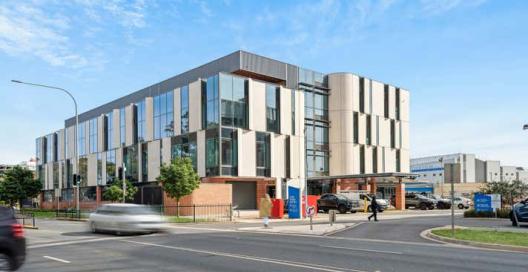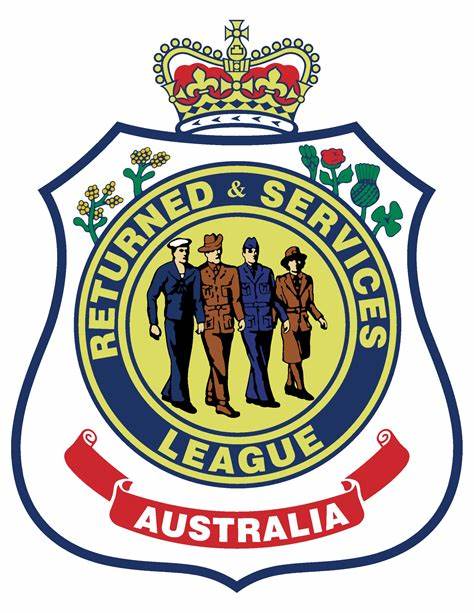Business Review – Sydney
The Reserve Bank of Australia (RBA) has finally acknowledged what critics of mass immigration have long argued—Australia’s high immigration rates are eroding productivity. Last week, the RBA’s Michael Plumb admitted that the bank’s productivity forecasts had been overly optimistic for a decade. He pointed to ‘capital shallowing’—where population growth outpaces business and infrastructure investment—as a key factor.
“Labour productivity depends on two things,” Plumb stated. “The first is how much capital each person has to work with. Providing workers with more or better capital—like machines or faster computers—can increase output. This is known as ‘capital deepening.’” The second factor is multifactor productivity (MFP), which improves when labour and capital are used more efficiently.
However, both MFP and capital deepening have stagnated. “Capital per worker was broadly unchanged for around five years leading up to the pandemic and is now slightly below those levels,” Plumb noted. “Overall investment has not kept pace with strong employment growth.”
Economic commentator Ross Gittins has explicitly linked declining productivity to Australia’s high immigration rates. “Economists love high immigration, as it grows the economy. But what they forget to mention is that growth in material living standards depends on productivity,” Gittins wrote.
“If you increase population without ensuring enough investment in capital—extra machines for workers, extra houses, roads, schools, and hospitals—everyone’s standard of living declines. In economists’ jargon, immigration must not reduce the ‘capital-to-labour ratio.’ Without sufficient investment in ‘capital deepening’ and ‘capital widening,’ productivity falls.”
This failure to match immigration with infrastructure spending has left Australia in a productivity crisis. Independent economist Gerard Minack highlighted this last year, stating that rapid population growth and declining investment have led to a collapse in per capita capital stock. “Less deepening means less productivity growth,” Minack warned. “Low investment and fast population growth are crushing productivity, leading to structurally weak income growth.”
The problem is set to worsen. Treasury’s Centre for Population projects that Australia’s population will grow by 4.1 million in the next decade, mostly in major cities. The Intergenerational Report forecasts a staggering increase of 13 million people—nearly 50%—in 38 years, primarily due to high immigration.
Despite these warnings, the federal government remains committed to an aggressive immigration policy, ignoring the lack of investment needed to support such growth. The mismatch is clear: Canberra controls immigration, while state governments bear the burden of providing infrastructure and services. The result is a continuous productivity decline.
Now that the RBA has acknowledged the issue, will it pressure the federal government to curb immigration? Given the political and economic inertia, Australians shouldn’t hold their breath.









